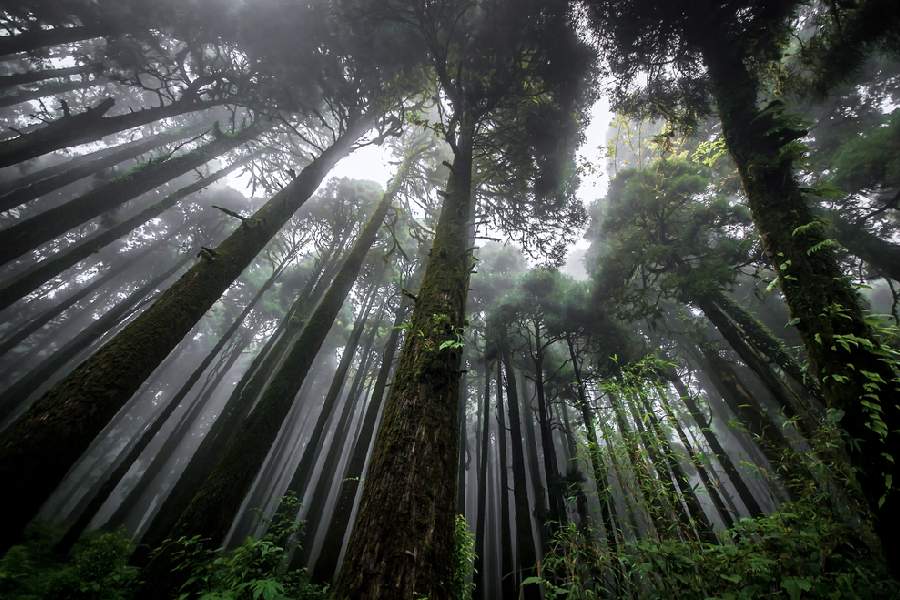The diversity of South East Asian forests could have helped them survive the Last Glacial Maximum, which happened more than 19,000 years ago and when ice sheets were considered to be at their greatest extent.
Researchers from the University of Sydney, Australia, said that surviving the cold event could mean that Asia's tropical forests are more resilient to climate change than previously thought, provided their diverse landscapes are maintained, given that it is considered to be a major climatic event in the Last Glacial Cycle and in many areas was a time of significant landscape change.
Their study, published in the journal Proceedings of the National Academy of Sciences, also showed that humans and animals migrating across the region would have had a more diverse resource base than previously understood.
The findings could help address the concerns of scientists and ecologists regarding the impacts of climate change on the tropical rainforests in regions like South East Asia, according to lead researcher Rebecca Hamilton, School of Geosciences at the University of Sydney.
"Our work suggests that prioritising protection of forests above 1000 metres - or 'montane forest' inhabiting mountainous regions - alongside seasonally dry forest types could be important for preventing future 'savannisation' of Asia's rainforests," said Hamilton.
Savannisation refers to the transformation of a typically forest land into a savannah ecosystem, which is a flat grassland in tropical or subtropical regions. The ecological change is usually induced by climate variations, human interventions or natural ecological dynamics.
For the study, the researchers analysed records from 59 paleoenvironmental sites across tropical South East Asia to test the savannah model, which assumed a large, uniform grassland expanded across the region during the Last Glacial Maximum, they said.
The team found that records from pollen grains preserved in lakes show forests persisted during this period alongside an expansion of grasslands, indicated by other biochemical signatures.
"We put forward the idea that these seeming discrepancies can be reconciled if, during the cool and seasonal climate of the Last Glacial Maximum, montane forests persisted and expanded in high-elevation regions, while lowlands experienced a shift to seasonally dry forests, which have a naturally grassy understorey," said Hamilton.
Thus, maintaining forest types that facilitate resilience should be a conservation objective for the forests of the South East Asian region, Hamilton said.
The researchers also said that they expected the statistical methods they developed to compare and analyse the many paleoecological records would be useful for analyses related to other past ecological changes.
Except for the headline, this story has not been edited by The Telegraph Online staff and has been published from a syndicated feed.











